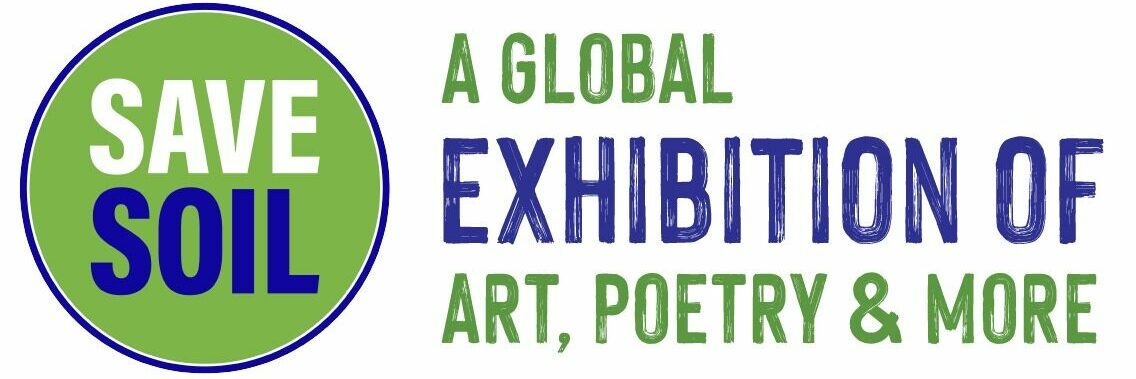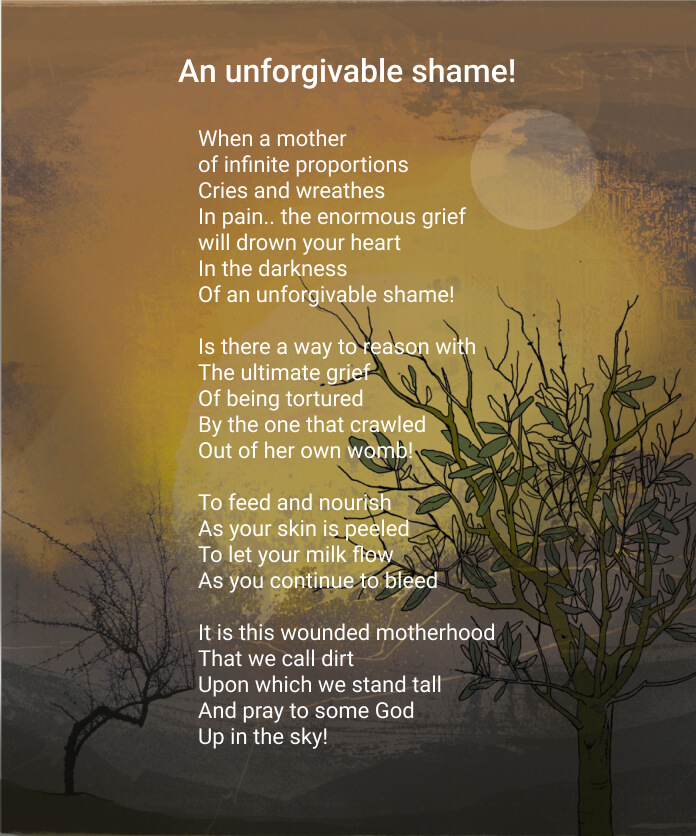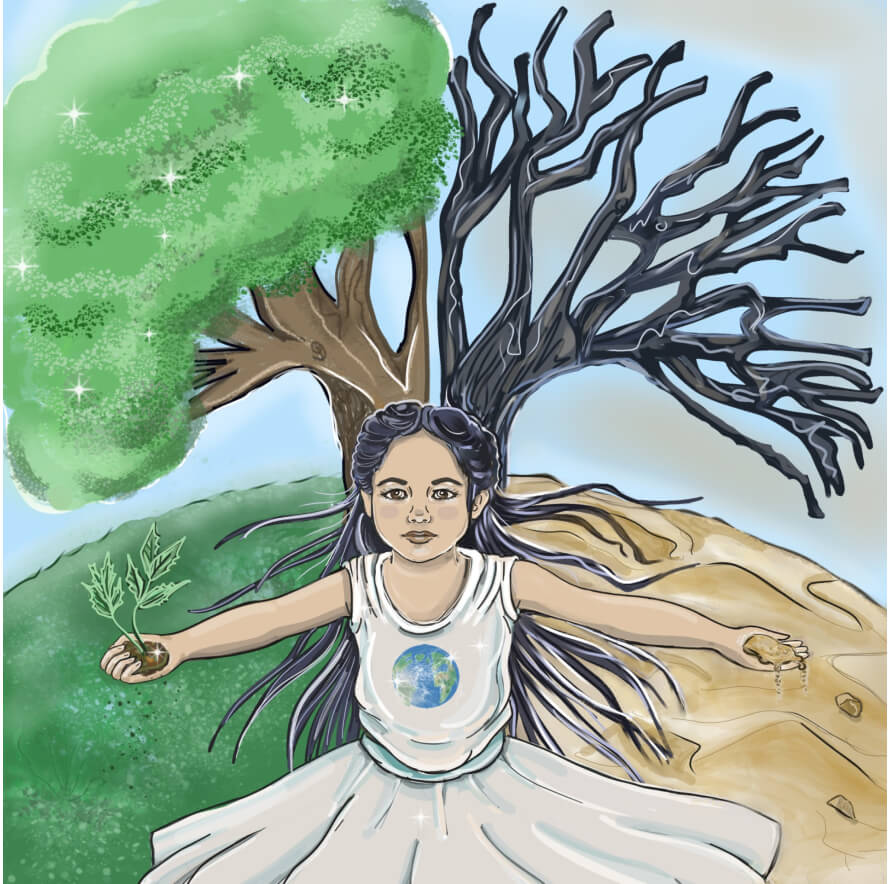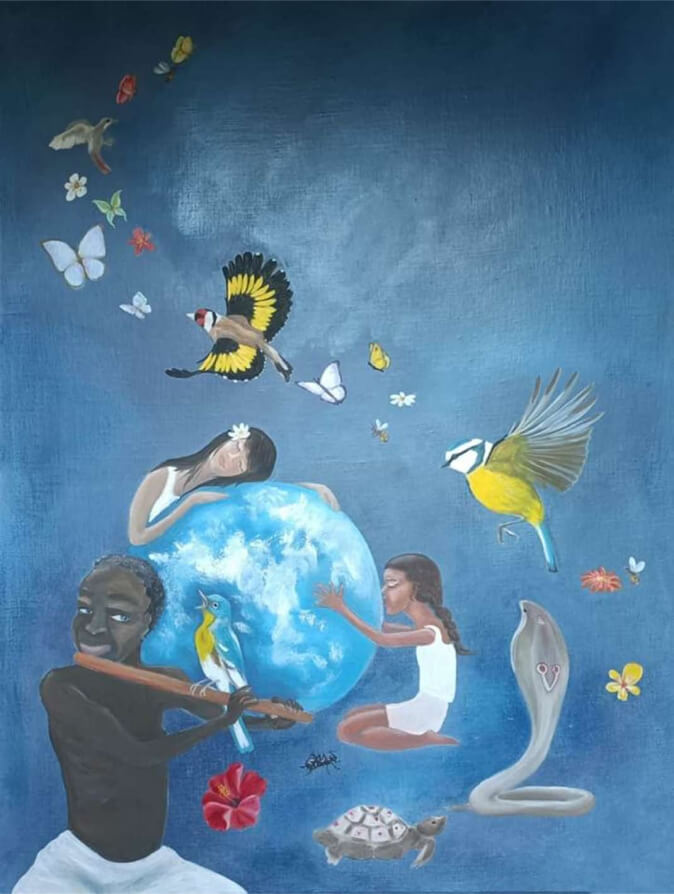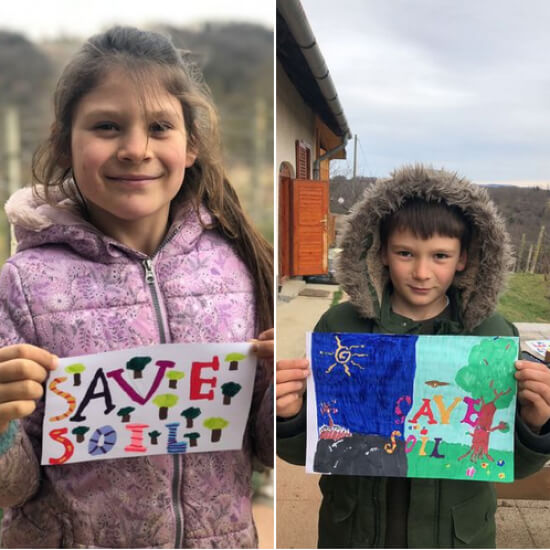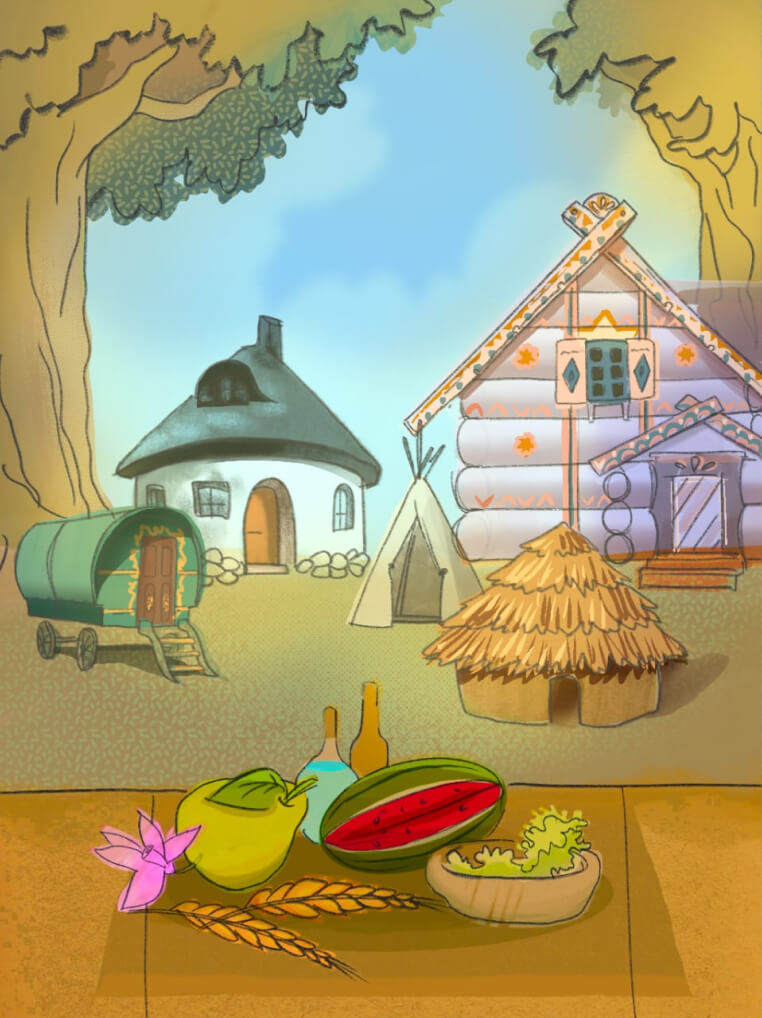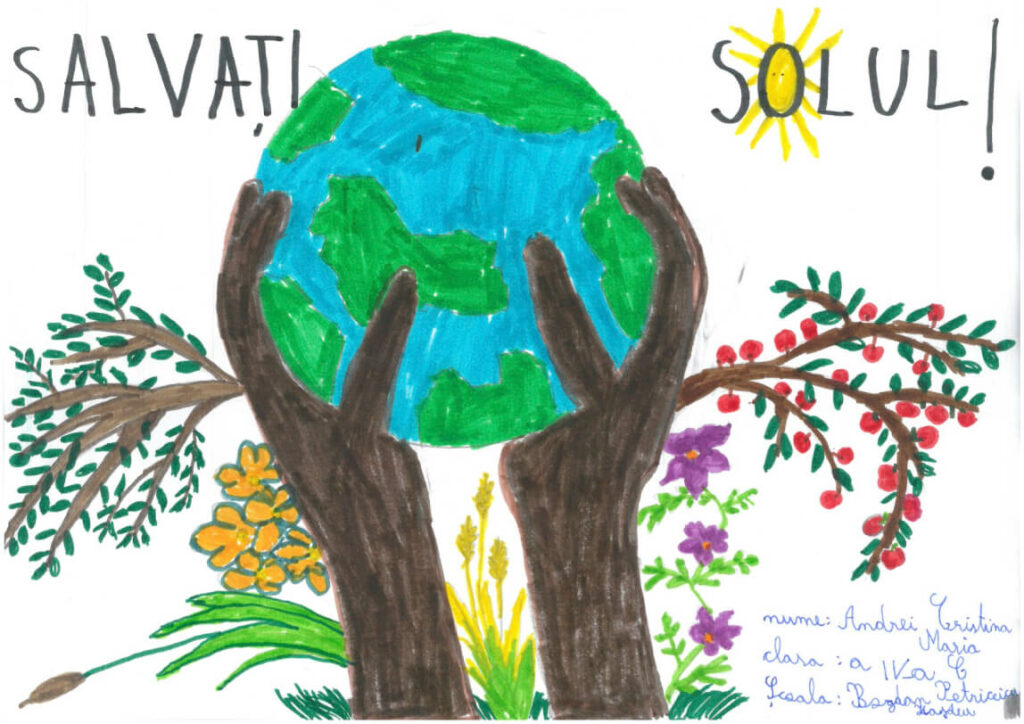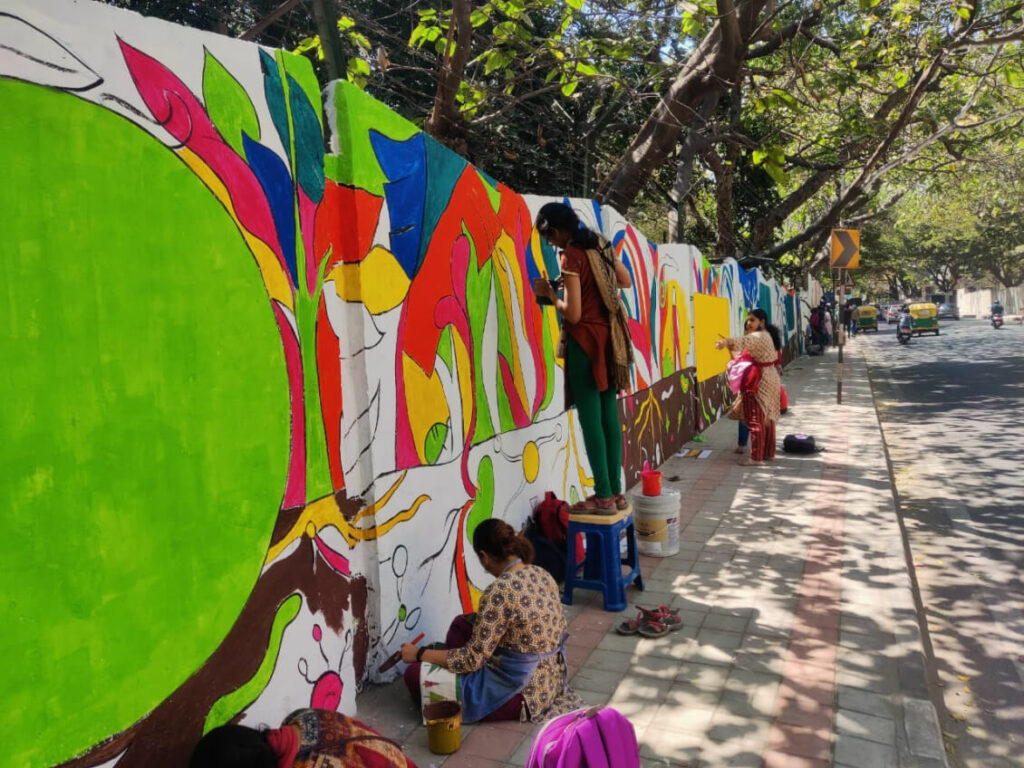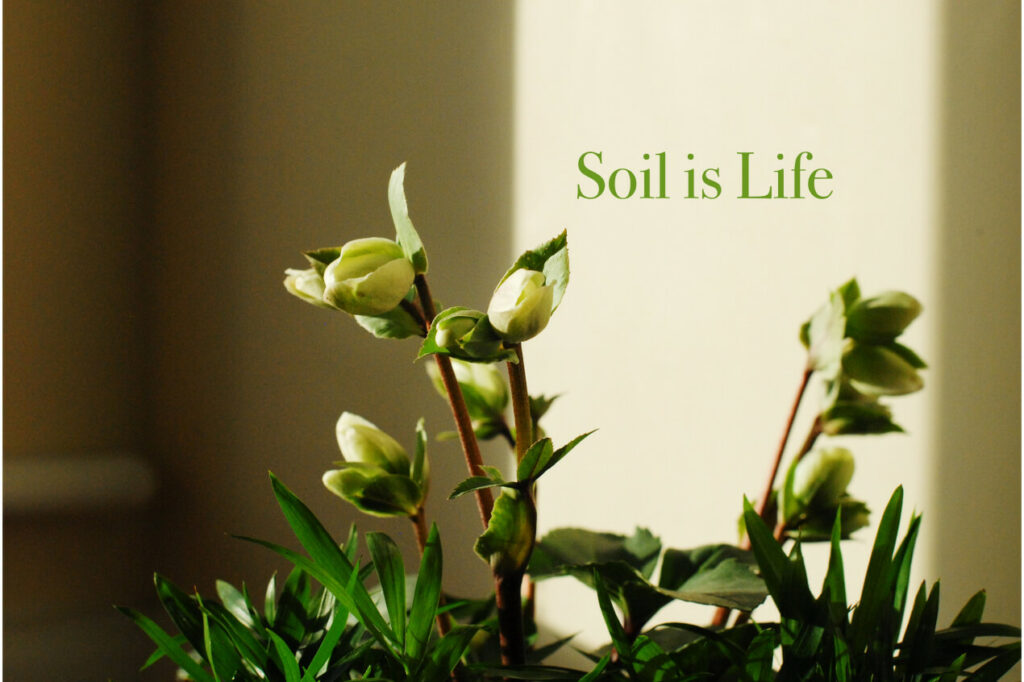Creative Themes
The following themes are suggested as a starting point for discussions and creativity. Make use of them to whatever extent suits your community, but don’t let them limit you!


Everyday Encounters
That old pair of jeans, the desk you lean on, your favourite novel, a delicious chocolate cake, celebratory flowers and the vase you place them in… How many of the objects you encounter every day come from the soil?
Surprise the visitors to your exhibition by starting with a display celebrating the everyday encounters that most of us don’t typically realise come from the soil.

Our Very Body
When we were born our parents could hold us in their arms. How we have grown! And although our feet are not anchored into the ground, it is the soil that has provided us with the nutrition that has made our very body. We are made of soil!
Let the visitors to your exhibition reflect on our connection with the soil with the next display, which explores how our body is made from soil.

Billions of Life Forms
One teaspoon of soil contains more microorganisms than there are people on this planet. Soil is just teeming with life, some large and some small!
Excite the visitors to your exhibition with the next display of art and poetry, all about the life in the soil.

Beneath My Feet
What do you feel when you sink your hands or feet into the soil? What else do you find on or in the soil under your feet?
Let the visitors to your exhibition share in your experience through the next display of art and poetry that celebrates the human experience of soil beneath our feet.

Abundance
The life of the soil comes in such abundance, whether it’s the dense myriad of life in a jungle or the variety of fruit and vegetables produced on our farms and sold in our markets at harvest time.
Allow the bounty of the soil to awe your visitors, with a display celebrating the abundance of life, and food, that comes from it.

Land
Soil, as well as our interactions with it, forms the basis of many of our landscapes; forests, gardens, parks, farmland, city streets and wetlands all spring from a foundation of soil.
Give your visitors a wider perspective on soil with this display celebrating the land.

SOS
Our soil is dying. We are losing one acre of soil every second. The UN estimates that by 2050 90% of the world’s soil will be degraded unless we act now.
Once the visitors to your exhibition appreciate the role that our soil plays in our lives, it’s time to send an SOS – “Save Our Soil”. The final display makes sure there is no doubt about the sorry state our soil are in.

Hope
We encourage you to include the following information at the end of your exhibition along with a vision of a future where our soil is healthy and bountiful.
Right now 52% of the world’s agricultural soil is already degraded. By 2050, UN agencies say 90% of the earth’s soil could be degraded unless we act now.
And we can act now. We can turn this around. There are solutions and they are not difficult. We can shift to more regenerative ways of farming, so that our soil becomes more healthy year by year instead of less, and helps us reduce climate change emissions instead of cause them. To make this happen, first we must spread this awareness to everyone. Spread this message.
Downloads
A Colouring Book designed to support youngsters in exploring these soil themes.
The Soil Song Game designed as a fun way for youngsters to explore everyday encounters with soil.
Suggestions for introducing these themes in a creative class.
A Save Soil Exhibition Flyer to invite others to join.
A How to Participate Flyer to explain to schools how to take part.
A Save Soil Exhibition Flyer for Children to invite young children and their parents to join.
